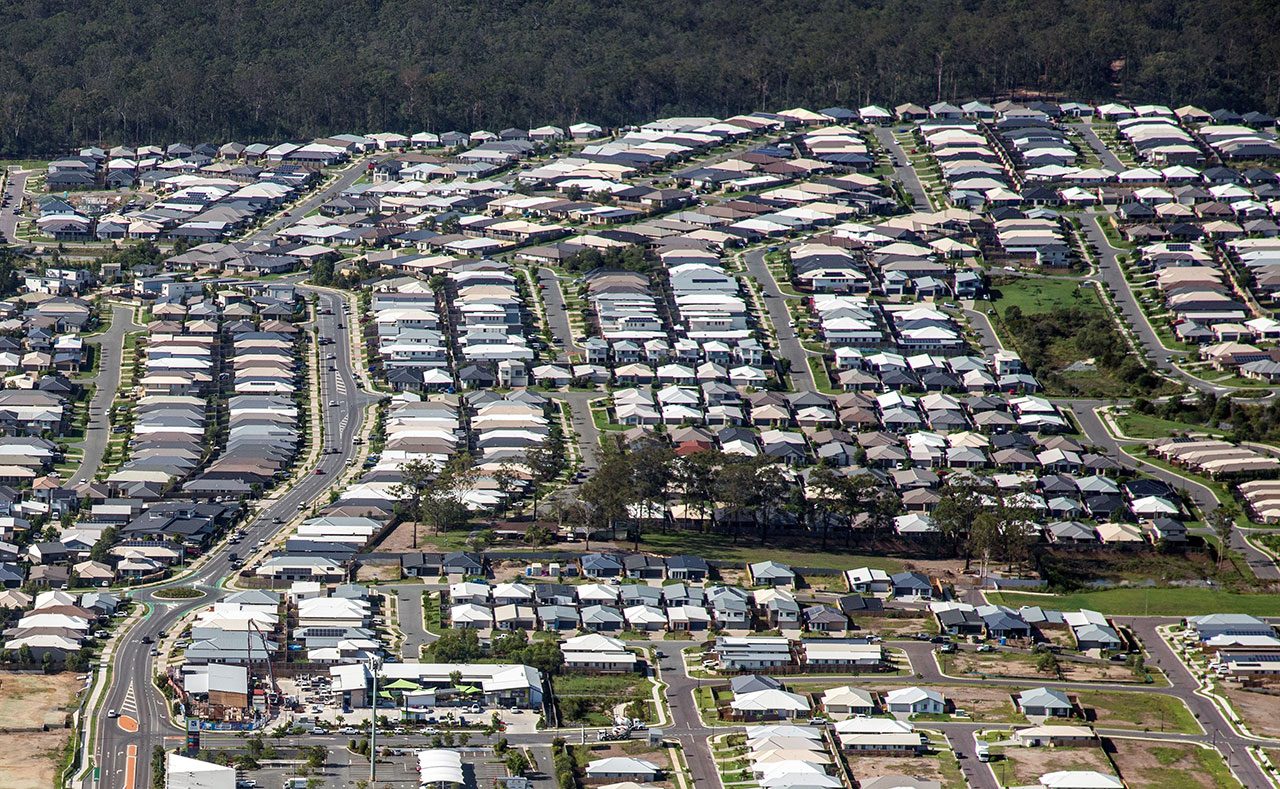This article is from the Australian Property Journal archive
THE Australian Urban Observatory (AUO) has launched 24 new specialist housing indicators to enable more inclusive urban planning and address Australia’s critical housing issues.
The indicators examine housing precarity, housing and transport costs, rental and mortgage stress levels, access to homelessness services and key worker populations and are available at neighbourhood, suburb, and local government area levels.
The housing indicators are publicly available and deliver crucial insights into housing across the country’s 21 largest cities.
“These specialist housing indicators have been designed with policymakers, service providers, and community advocates to understand area-based differences and use evidence to shape effective policies and address critical housing issues that affect communities nationwide,” said Melanie Davern, director at AUO and associate professor at RMIT University.
“Understanding within-city disparities in liveability is so important, and this includes access to housing, transport, employment and nature which have a huge influence on our health, wellbeing and overall quality of life.”
The AUO is a digital liveability planning tool developed in partnership with RMIT’s Centre for Urban Research, and led by RMIT’s Innovation Catalyst.
The AUO targets decision-makers and the community, with the new indicators aiming to address critical housing issues and inform public policy and decision-making on key liveability factors.
The tool enables users to measure, map and understand the liveability of local neighbourhoods in Australian cities and create more liveable places using evidence in planning and decision making.
“This is essential data for addressing key issues Australians face when it comes to how and where they live, and it is now accessible to everyone, free of cost,” said Nithya Solomon, director of RMIT’s Innovation Catalyst.
“Eliminating barriers to accessing specialised, custom data is one of many ways that a social innovation precinct can harness resources and collaborations that make it easier to design for future social and economic wellbeing.”
The AUO now includes 48 indicators in total spanning nine domains, including cover liveability, walkability, social infrastructure, transport, food and alcohol.




